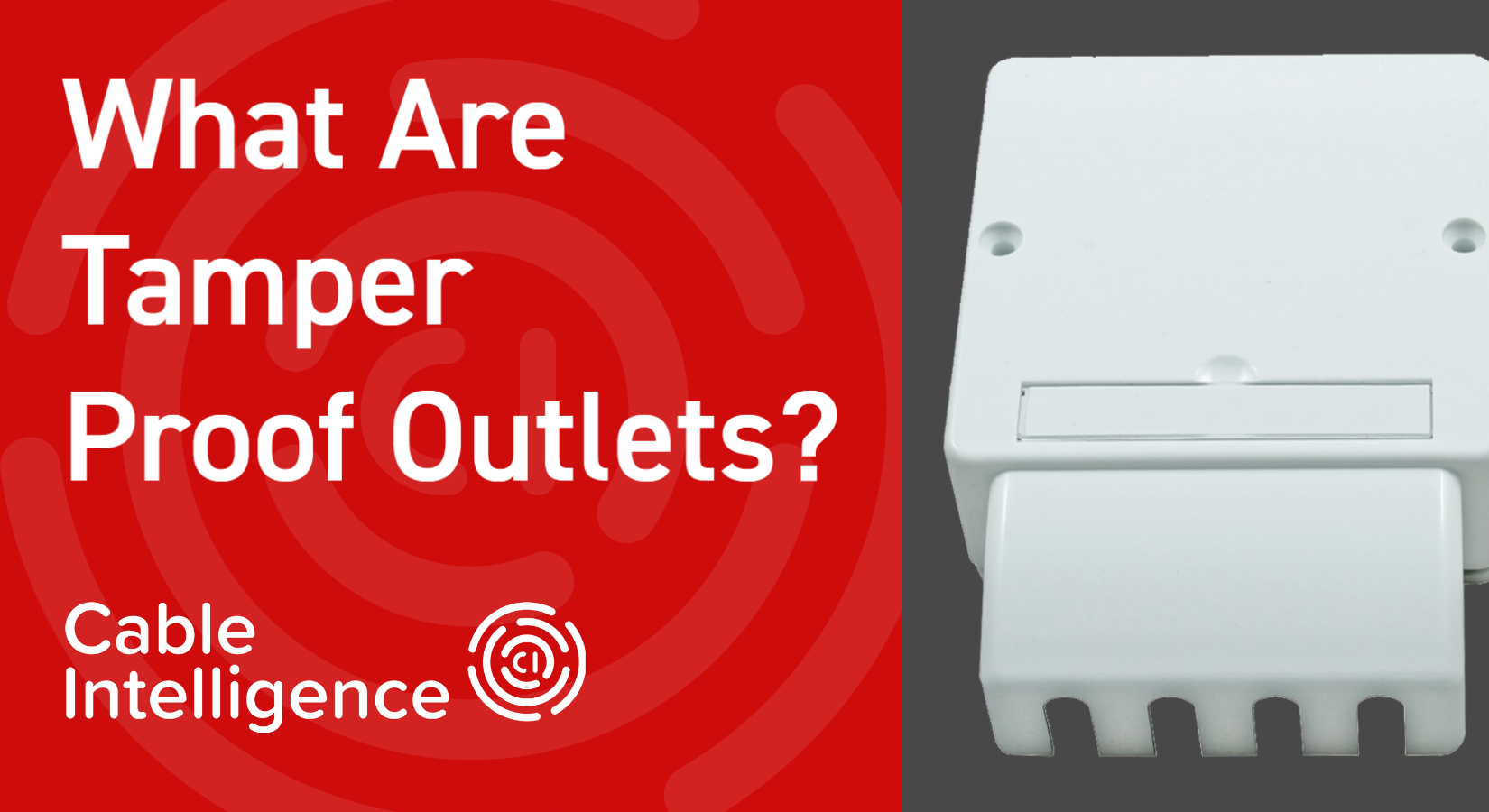Disconnection of networking cables is one of the leading causes of network problems in the UK. This is usually accidental, such as an office worker stepping on a patch lead. It can also be malicious (although thankfully, a much rarer occurrence) whereby someone has intentionally disconnected a cable or has inserted something into the port. Lots of times, workers (or children, for example in a home office environment) with a lack of networking knowledge may simply disconnect a cable in an attempt to solve a problem such as slow internet. Of course, in any of these instances, failure of that port can occur.
So, how can you prevent either of these things from happening in your business or at home – or if you’re an installer, what can you install if your customer requests a solution for this problem?
The answer is: Tamper Proof Outlets.
Tamper Proof Outlets prevent access to a networking outlet, effectively reducing the possibility of an unauthorised disconnection. Of course, nothing is ever 100% secure – a person attempting to maliciously access the ports can always take a hammer to it – but tamper-proof outlets will nullify most access attempts.
How Are Tamper Proof Outlets Installed?
To install a tamper-proof data outlet, the following generally applies. In the case of Connectix branded products, first, you must attach the base plate. Next, you need to snap in the PCB and then punch down the required cables. Lastly, the cover is installed.
The outlets are compatible with standard back boxes, making them extremely versatile and flexible.
How Do Tamper Proof Outlets Work?
The outlets work by deploying a cover that goes over the cables. This cover has to be removed before the leads can be accessed. Only then can they be removed. This ensures only authorised removals can occur.
Where Can I Buy Tamper Proof Outlets?
At Cable Intelligence, we stock the Connectix Cabling Systems 4000 Series Cat5e Tamper Proof Outlets. These are made from high-quality thermoplastic, conform to all current Category 5e specifications including ANSI/TIA-568-C, and are available as two or four-port options.

